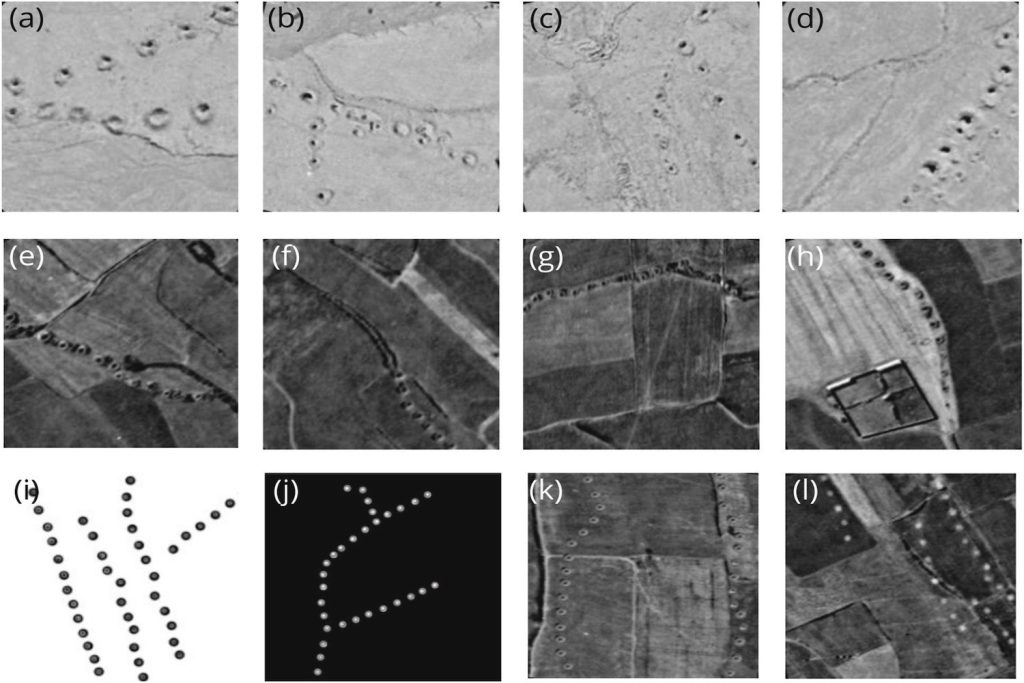The Cold War may be over, but all the treasure that went into defeating the Soviet empire, when Rocky just needed one punch, has not been wasted. Photos taken by some very old U.S. satellites could be the key to finding some of humanity’s oldest artificial water systems.
A team of archaeologists from the Catalan Institute of Classical Archaeology were interested in studying qanats, a system of water transportation that dates back 3,000 years. Finding these ancient, buried pipes is a challenge, so they came up with a novel solution: Use something new (artificial intelligence), and combine it with something old (satellite imagery taken when Stalin’s body wasn’t even cold). The results offer a promising way forward to studying the engineering prowess of old civilizations.
Qanats “represent a remarkable ancient invention for sustainable water distribution in arid environments,” the archaeologists wrote in the resulting study, published in the Journal of Archaeological Science. The system worked by extracting water from underground sources in elevated regions, which then flowed down the underground, human-made waterways towards open canals. Service tunnels were also dug, allowing for the artificial waterways to be cleaned and maintained, and also to allow airflow. Qanats have been discovered around much of the globe, including China, the Iberian Peninsula, and western China. Because of their often ingenious design, they can be of great interest to archaeologists.
“These systems were extremely innovative,” Hector Orengo, a researcher at Spain’s Catalan Institute of Classical Archaeology, who led the study, told New Scientist. “They allowed people to live in areas where it would have been unthinkable before.”
But old qanats can also be hard to locate. In some areas, such as Afghanistan and Iran, the tumultuous political situations can make getting imagery of the landscapes where qanats may be located difficult. Previous studies that used aerial imagery had resulted in a large number of false positives, thanks to a lack of resolution in the photos.
To solve the conundrum, the scientists decided to test out a new technique. They used a deep learning algorithm called You Only Look Once (yes, it’s abbreviated to YOLO), to analyze satellite imagery, and to examine already discovered qanat locations in Iran, Afghanistan, and Morocco.
To get the imagery, they turned to a rather obsolete piece of technology: the United States’ CORONA and HEXAGON spy satellites. The former were put into orbit starting in the late 1950s, while the latter were first launched in 1971. The satellites were equipped with onboard cameras and the imagery they captured can be seen online via the U.S. Geological Survey.
The scientists trained YOLO to search for qanats’ telltale lines of holes in the ground, each of which appeared as a black or white dot in the imagery. The AI performed admirably, analyzing photos from obsolete satellites to locate even more obsolete aqueducts. They had a success rate of more than 88% in identifying qanats.
The system the archaeologists devised has some major limitations, requiring a certain level of resolution to succeed, and is only able to operate using black and white photos. They also noted that the current version of the AI works best when studying desert areas (fortunately, that’s where most qanats are found). They expressed hope that it could be expanded to other areas once more diverse training data is incorporated.
Identifying qanats isn’t just a way for some archaeologists to get material for their next arcane textbook. The waterways are invaluable remnants of past civilizations, akin to the famous aqueducts in Rome. Iran’s qanats have even been selected as a World Heritage Site. It turns out, Cold War satellites, once used to identify the best places to destroy America’s enemies, can be used to preserve something precious.



